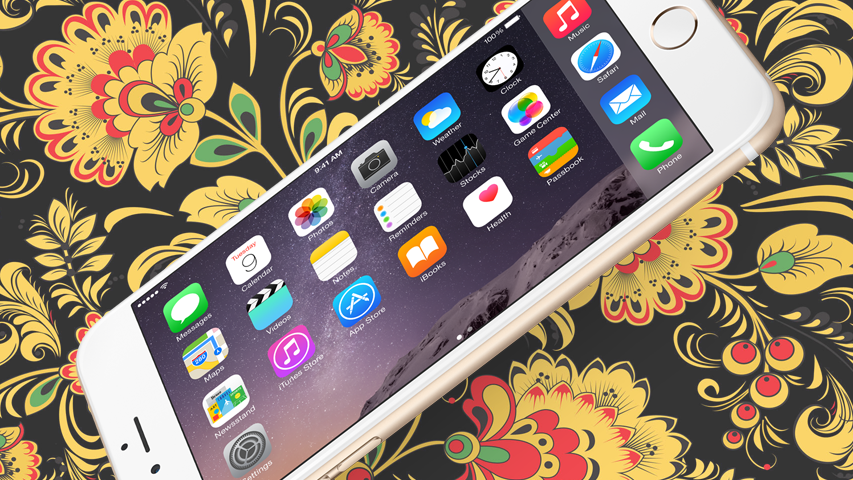How will the appearance of two new price tags – 15 rubles and 29 rubles – affect the Russian mobile games market? App2Top.ru market experts from ZeptoLab, Mail.ru , Wargaming.net , Playrix and other companies.

Our question to the experts sounded like this:
The Russian App Store received two new price tags: 15 rubles and 29 rubles. How do you think this will affect the Russian mobile games market?Maxim Petrov, ZeptoLab Product Director

In our opinion, it is definitely positive.
Despite the growing popularity of the free-to-play model, there are still quite a lot of people for whom it is much easier and more pleasant to pay for the application itself and immediately get a full-fledged game. Users who previously could not or were not ready to pay 60-100 rubles for mobile applications will now be able to buy more different games and stay up to date with what is happening in the industry. For developers, in fact, this will mean an increase in the audience and, most likely, an increase in profits. Everyone wins.

Alexander Enin, General Producer of IT Territory Studio
It is unlikely that this will affect the market.
Recently, we have seen a clear trend towards an increase in minimum payments. If two years ago the most frequent free-to-play games were $0.99, now it’s $1.99 or $4.99.
In addition, the developers themselves try to compensate for the costs of promotion as quickly as possible and therefore do not reduce the minimum payments.

Artem Safronov, Publishing Producer in Wargaming.net
In December 2014, the exchange rate of the ruble to the dollar was updated by the platform, which affected the entire Russian mobile games market, so the current changes can be interpreted as a return to the roots.
However, this innovation will also add flexibility and variability for both paid products and free-to-play. If everything is clear for the first ones, then free-to-play with IAPs in them will be able to reduce their price, making them more attractive for purchase, which in the future will improve the conversion rate and increase the volume of paying users.
In general, this is a positive change that will have a positive impact on the Russian mobile games market.

Dmitry Bukhman, co-founder of Playrix
I can assume that it will get better for two reasons.
Firstly, it is unlikely that Apple would do this if they expected it to get worse. Secondly, there is a similar experience in China, and it has had a positive effect there.

Viktor Zaletov, Business Development Manager at Innova
The price reduction has a positive effect on consumer activity, which will allow many to overcome the “barrier” of the first purchase.
This is also a lesser headache for small projects, where it is psychologically difficult for the user to pay 59 rubles at once, but 15 or 29 rubles seem like a reasonable waste.
In the practice of Innova, there are many examples when, in large client projects, reducing the price of a number of items to 1 ruble significantly increased the payment activity of users in the future.

Margarita Teplyakova, Country Manager Russia and CIS at UQSOFT
Taking into account last year’s price increase in the Apple App Store, the appearance of two new price tags has the right to life.
We will be able to lower the prices of some in-game items, which, for example, are cheaper on Google Play, and we will also be able to introduce new sets into games that will be useful for players. On the other hand, this innovation may be a problem for international games, where people from different countries play on the same server, in which the option of 15 and 29 rubles may not be available. In any case, additional price tags are an interesting feature, but we need to think about its implementation in our games so that it is a pleasant innovation for players, but it does not become a big problem for developers.

Inna Ushakova, CEO of Zenna Apps
In our opinion, this will not affect the Russian mobile games market too much, because users from the CIS countries are not particularly used to paying :)
Almost all users of Apple devices can afford to buy in the App Store, not counting minors. Why don’t many people still do this?
Mentality.
But those who buy in apps will spend even more in them.
Plus, this is an opportunity to convert even more users into paying ones.

Albert Aliyev, Executive Director of Fun-box
I think that in our market these two price tags will quickly become the most popular.
At first, some companies experiment with them. Then there will be reports on this topic. And in these reports, I predict, it will be said that, despite the lower price, total revenue increased by 10%. I think that low price tags are very convenient to use primarily in in-app purchases

Dmitry Kotenko, CEO of InfoShell
The appearance of the opportunity to set lower prices in the App Store should cause a revival of the mobile games market in Russia and an increase in demand.
We can expect an increase in both the number of downloads of paid games in general and in-app purchases.
For developers of free-to-play games, it will be possible to significantly expand the range of internal purchases by adding low-value content, which, nevertheless, will be in demand due to low cost. In addition, now there is a real opportunity to sell additional content (resources, weapons, health, speed of construction, etc.), stimulating even the most economical users to buy.
In general, reducing the minimum cost gives developers more opportunities to create an effective and flexible monetization system for the game, will attract more users and, ultimately, increase profits.

Leonid Bugaev, author of the books “Mobile Marketing” and “Mobile Networking”
The appearance of two new price tags will allow users to try those applications and games that were previously psychologically inaccessible: developers have another tool for offering promotional prices. On the other hand, the general movement of the market towards the freemium model has long been indicated: it is much easier to distribute the game for free, monetizing in the future already on the involved user. Any price, even such a minimal one, is a small barrier between the user and the opportunity to try what is offered to him. And “reaching for the wallet” is the most difficult in the initial process.
